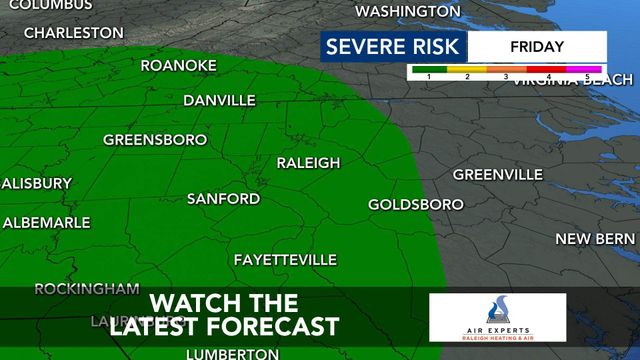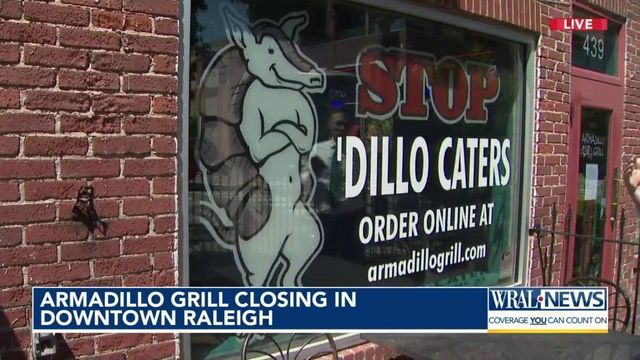Diapers Are the Latest Pandemic Shortage

“Anyone recognize him?” the police in Winter Haven, Florida, asked on Facebook last month.
Photos with the post showed a man walking out of a Walmart without paying for his items after several of his credit cards were declined, police said. Among the items in his cart were boxes of diapers.
“When your card is declined and you try another one with the same result, that is NOT license to just walk out with the items anyway,” read the Facebook post, which was later deleted.
The Winter Haven Police Department drew swift criticism for the post from people wondering why the department had gone after a man who had stolen basic necessities for his children, also pictured in the surveillance photos.
“That’s a good father in a hard spot,” one Facebook user said in response to the department’s follow-up post. “Have some empathy.”
After the incident, which was previously reported by WFTS-TV in Tampa, Florida, the store asked the police not to prosecute the man, according to a waiver of prosecution the Winter Haven Police Department provided to The New York Times. Walmart and the man did not respond to requests for comment.
It’s possible the man was among the 1 in 3 American families who struggle with diaper need, according to a February 2020 report by the National Diaper Bank Network, an organization that provides diapers to children. Joanne Samuel Goldblum, the network’s founder and CEO, said she suspects that figure probably rose during the coronavirus pandemic as diaper prices increased and supply plummeted.
“Diaper need is a topic that’s so swept under the rug,” she said Friday. “COVID really laid it bare for us.”
The pandemic has upended global supply chains and created a run on many products, including diapers. Kimberly-Clark and Procter & Gamble, two of the country’s largest diaper manufacturers, increased the prices of baby products this year. A typical package of 100 diapers costs $30 to $50 from most online retailers.
Even a small price increase can put a strain on families, many of whom pay around $75 for a month’s worth of diapers for one baby, according to the National Diaper Bank Network. Many parents have to choose between buying diapers or other necessities, and some will leave their child in a soiled diaper because they can’t afford a replacement.
For the families who make it to the store, diapers aren’t always in stock.
Amanda Trussell, the mother of a 2-year-old boy, said that diapers had been hard to find near her home in Junction City, Kansas, even before the pandemic started and that store shelves had only gotten emptier in the past year and a half.
“At one point, we went to three or four different stores to find a pack and had to settle on a size bigger because there were just none in his size,” she said Saturday.
When her family runs low on diapers, Trussell, 24, puts her son in a reusable cloth diaper. That’s why she hasn’t had to go to a diaper bank, which offers supplies to low-income parents.
Diaper banks across the country have reported recent surges in families who couldn’t afford diapers. WestSide Baby, which is based in Seattle, distributed 2.4 million diapers last year, up 60% from 1.5 million in 2019, according to Sarah Cody Roth, the organization’s executive director. WestSide Baby is on track this year to meet or exceed last year’s total, she said. Diaper banks in Oklahoma and Pennsylvania have reported similar trends. Many banks give families 50 diapers per month, which covers about two weeks, said Cathy Battle, executive director of the Western Pennsylvania Diaper Bank. That is often not enough for families who can’t afford diapers.
A lack of diapers can seriously harm a family’s physical and mental health, said Megan V. Smith, the senior director of community health transformation at the Connecticut Hospital Association. Many parents who can’t afford diapers feel like ineffective caregivers, she said.
“If you have to worry about where you’re going to get the next diaper, you can’t focus on singing and reading and playing with your child,” said Smith, who has researched diaper need and maternal mental health.
Many day cares require parents to supply their children with enough diapers to get through the day. That means mothers and fathers who can’t buy diapers have to miss work to watch their child, Smith said, which makes them even less likely to have money for diapers.
The federal government does not provide funding for diapers, but that may change if Congress passes the End Diaper Need Act of 2021, which would funnel grant money to social services that support low-income families and adults with disabilities.
States have taken different approaches to get diapers into the hands of parents. A Colorado law passed this summer earmarked $2 million to create a statewide diaper distribution program. Connecticut allocates part of its state budget to the Diaper Bank of Connecticut. California, which leads the country in diaper-funding efforts, is one of several states that do not tax the product, and it offers diaper reimbursements to parents participating in CalWORKs, the state’s welfare-to-work program.
Assemblywoman Lorena Gonzalez, who shepherded the CalWORKs diaper reimbursement into law, said that diaper need was just as important an issue as hunger insecurity.
“There’s a number of women that can at least breastfeed their child,” she said Friday. “You can’t have a child and not diaper them.” This article originally appeared in The New York Times.









